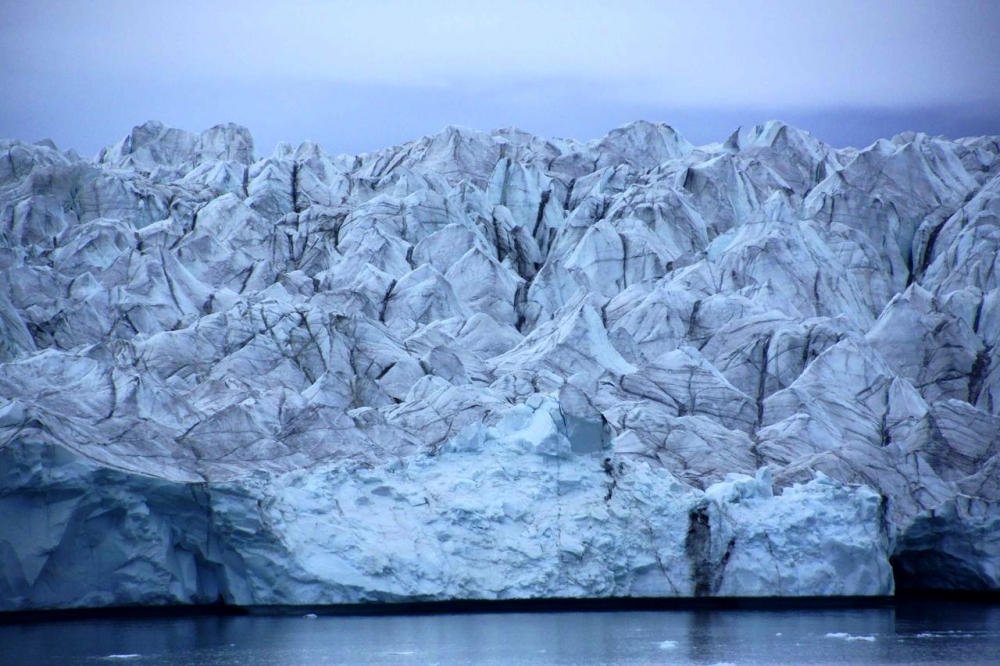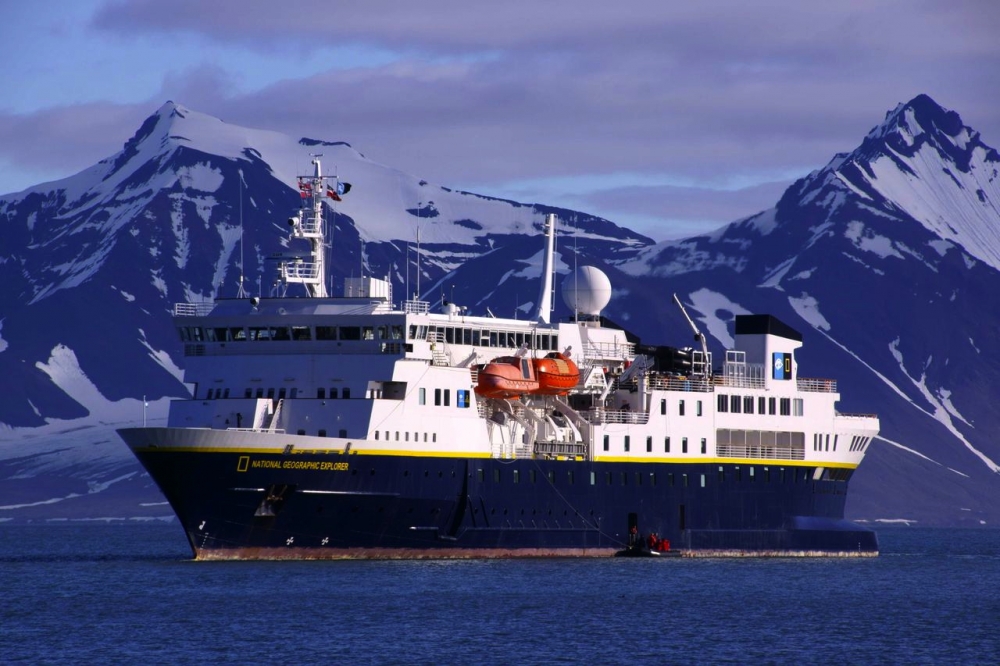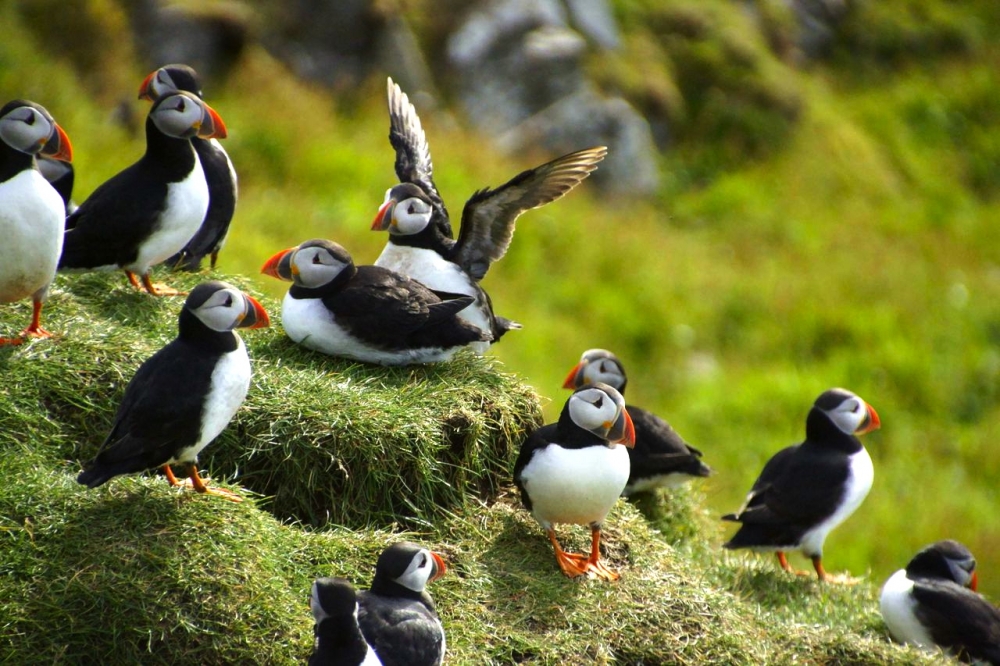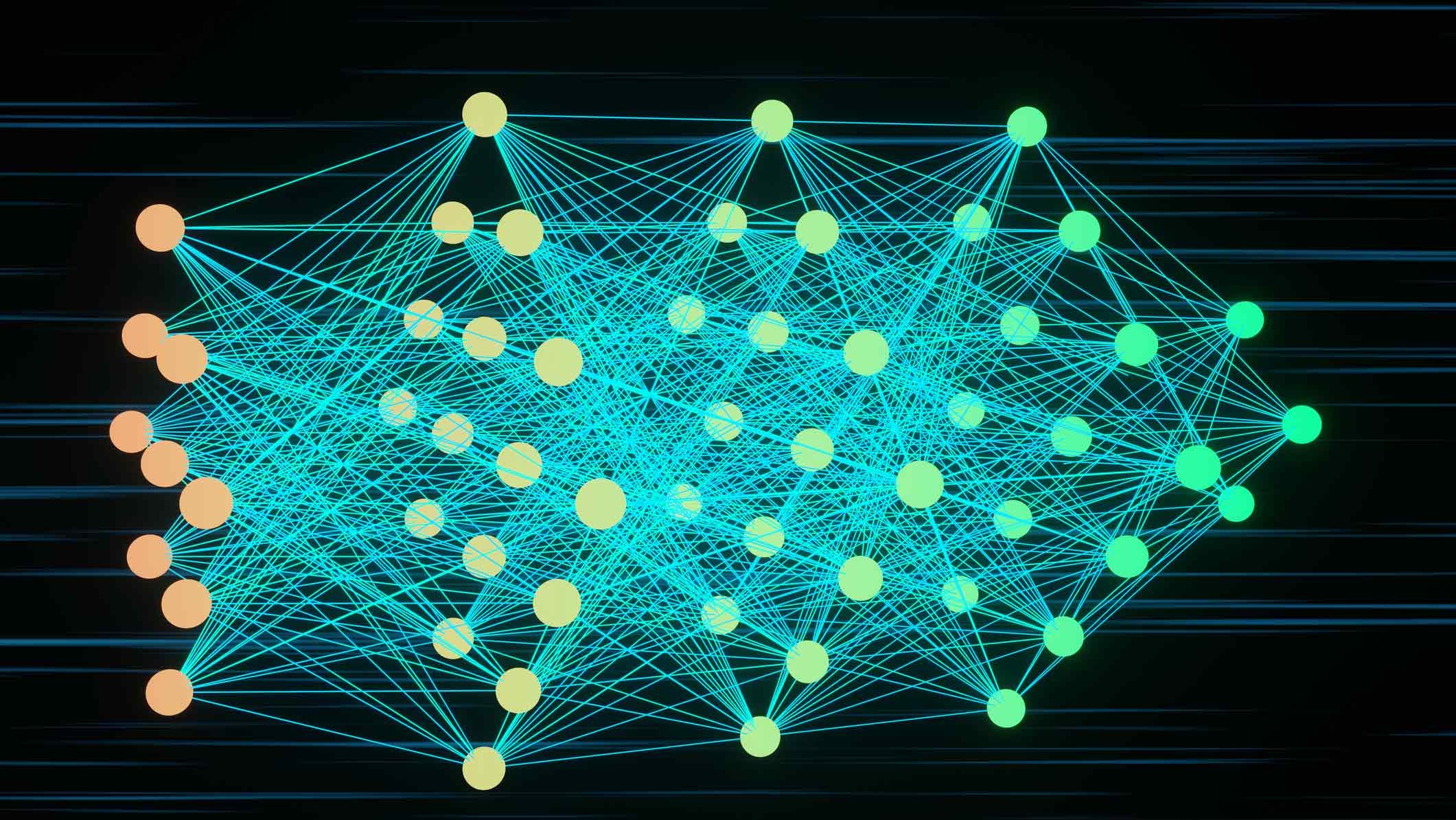
Can Resource Development and Environmental Sustainability Coexist in a Changing Arctic Ocean?


As sea ice in the Arctic Ocean diminishes, the environmental change creates unique and extensive opportunities for international energy, fishing, and tourism industries. However, these same opportunities also carry the potential for political, economic, and cultural instabilities that could affect societies at all levels, all around the world.
In response, the National Science Foundation (NSF) has awarded funding to a collaborative program called Holistic Integration for Arctic Coastal-Marine Sustainability (HIACMS) to be implemented by UC Santa Barbara's National Center for Ecological Analysis and Synthesis (NCEAS) and Bren School of Environmental Science & Management.
The three-year project will develop a set of governance practices for sustainability in Arctic coastal-marine systems, balancing national interests and common interests — both public and private — environmental protection, social equity, and economic prosperity with the needs of present and future generations.
Until a few years ago, the Arctic was perceived as a frozen region of little interest to the outside world. "But something dramatic is going on in the Arctic Ocean with open water now dominating during the summer," said Paul Arthur Berkman, a UC Santa Barbara researcher and former Fulbright Distinguished Scholar in the Program on Governance for Sustainable Development. "The Arctic is a dynamic region; it's the poster child for climate change."
To enhance its cost-effectiveness, HIACMS has partnered with a number of projects supported extensively within the United States and Europe, involving nearly a dozen countries, including Russia. Among these are the Study of Environmental Arctic Change (SEARCH) and Arctic Climate Change, Economy, and Society (ACCESS). The main European collaborator is the Centre National de la Recherche Scientifique in France.
"This project will support strong and efficient cooperation between U.S. and EU scientists engaged in Arctic research," said Jean Claude Gascard, professor of oceanography at the Sorbonne - Université Pierre et Marie Curie and coordinator of ACCESS.
Another HIACMS collaborator is the University of Alaska Fairbanks, which will assist in integrating qualitative and quantitative methods to look at future strategies to support Arctic marine sustainability. "As a partner in the HIACMS grant, we bring broad Arctic marine and coastal research experience to the team," said Lawson Brigham, distinguished professor of geography and Arctic policy at the University of Alaska Fairbanks. "We also have experience using scenarios or plausible futures tools applied to Arctic marine development."
"HIACMS is an inclusive international collaboration," said Frank Davis, director of NCEAS. "Our mission is to help advance interdisciplinary collaborative synthesis research, so NCEAS will lend its expertise in large-scale data analysis and informatics, as well as the logistical support and meeting facilities required by the HIACMS team."
The project will involve marine spatial planning on a pan-Arctic scale, while also focusing more specifically on three coastal-marine areas: Bering Strait-Chukchi and Beaufort Seas (United States, Russia, and Canada), Barents Sea (Norway and Russia), and West Greenland (Denmark/Greenland and Canada). These areas have been selected because they are hot spots involving transboundary issues, impacts, or resources that are of special interest to Arctic stakeholders (states and indigenous peoples) as well as various corporations and non-governmental organizations (e.g., commercial shippers, oil and gas developers, fishing companies, tour ship operators, organizations protecting biodiversity).
These three areas are experiencing increased maritime traffic and offshore hydrocarbon exploration and development and are also of great importance for indigenous users of marine resources. Most importantly, they feature socio-ecological systems in which anthropogenic impacts will increase dramatically in the future. Governance in these hot spots is a high priority but is hampered by fragmented coastal-state jurisdiction and international governance arrangements that are not adequate to ensure sustainable development. "HIACMS will use integrated datasets and scenarios as tools to help in designing and implementing innovative governance systems for these areas," said Oran Young, professor emeritus at the Bren School.
"A key challenge for those designing ocean and ice observations is how to derive guidance from stakeholder and policymaker information needs and turn that into specific priorities regarding instrument deployment or development of observing campaigns," said Hajo Eicken, professor of geophysics at the University of Alaska Fairbanks and chair of the SEARCH science steering committee. "By bringing together an international group of experts on this topic and focusing on important regions of interest for which HIACMS will help compile geospatial dataset we are hoping to take a first important step toward better marine spatial planning in the Arctic."
Another HIACMS mandate is to build a database encompassing laws, policies, reports, and other written materials relating to Arctic coastal-marine sustainability. Using innovations developed through the National Science Digital Library, HIACMS will develop an integrated and searchable database including unstructured data estimated to cover upward of 90 percent of all relevant materials.
The goal of the project is to create a process that facilitates holistic thinking that is international, interdisciplinary, and inclusive. "The term holistic is used a lot but has no well-developed process behind it to ensure effective implementation," said Berkman.
HIACMS aims to contribute in practical directions, aiding in the sustainable development of the Arctic across the 21st century and beyond. "The Arctic is undergoing the largest environmental state-change on Earth," Berkman added. "The challenge is to reconcile and harmonize these diverse interests in a manner that promotes sustainable development in the Arctic Ocean."
Related Links



